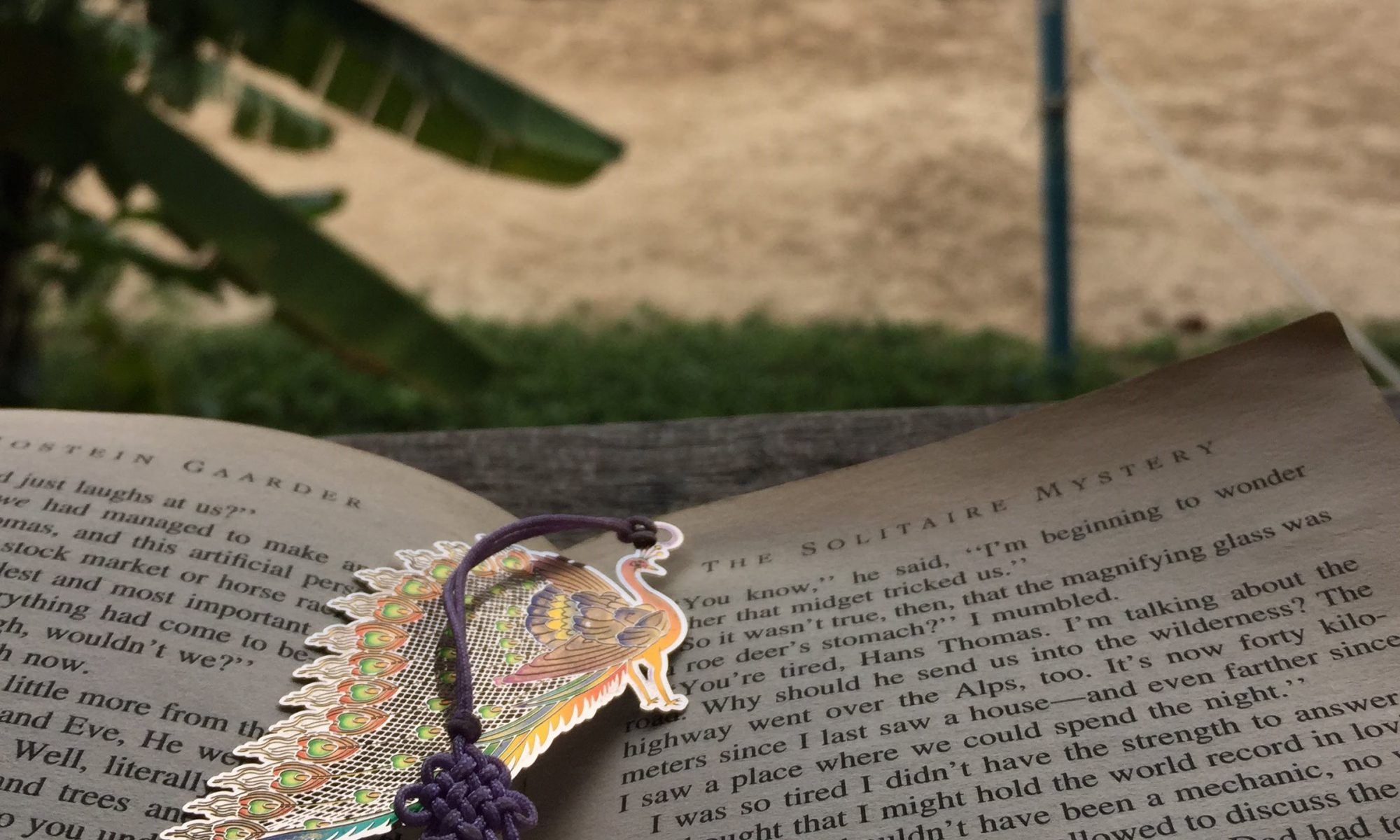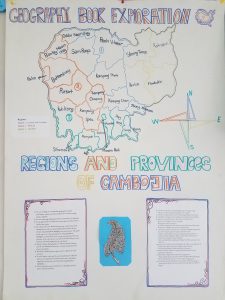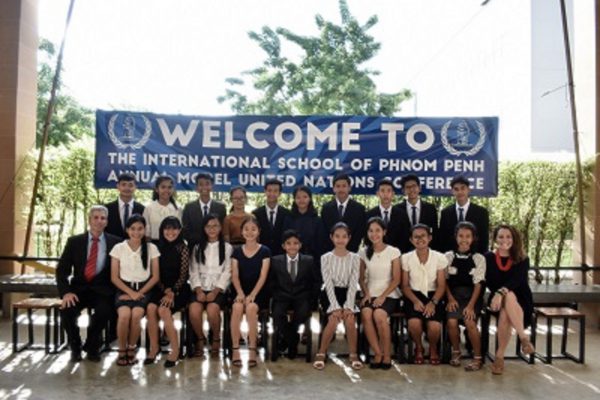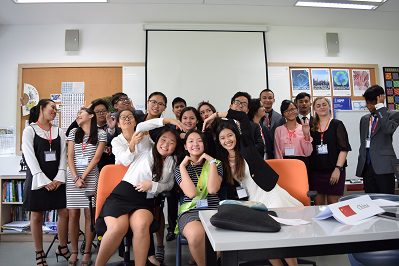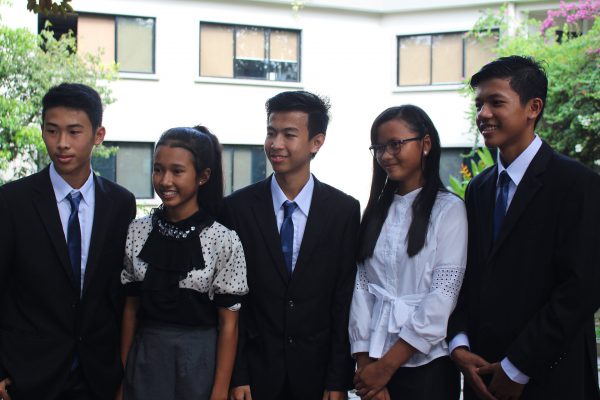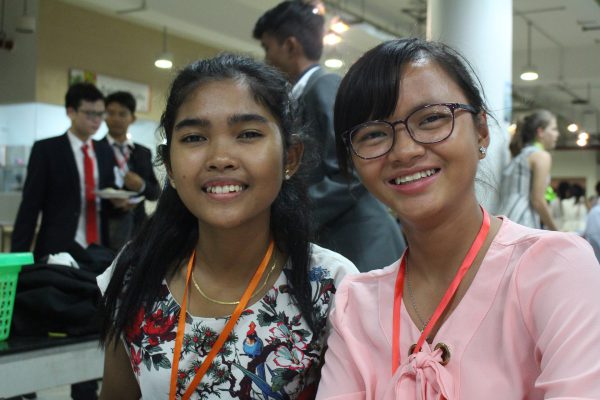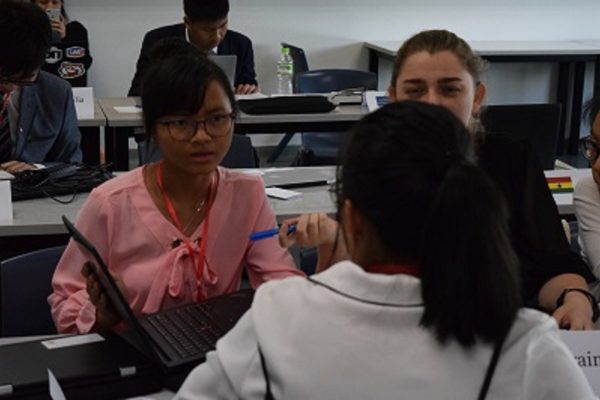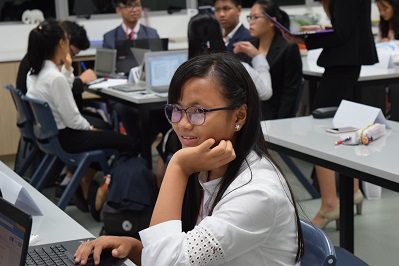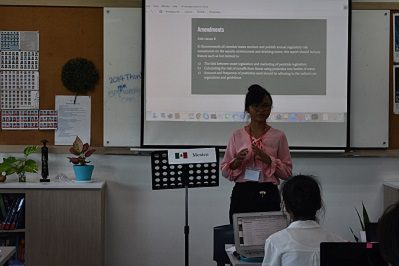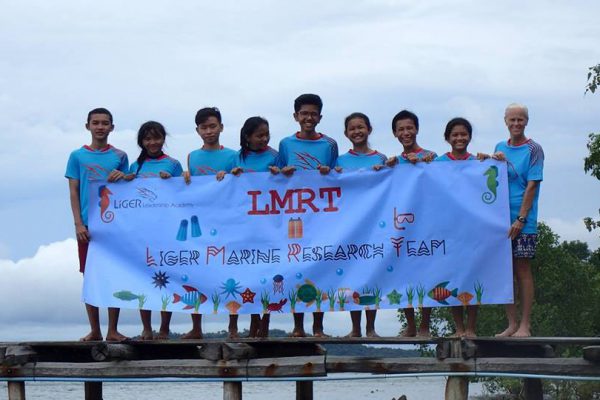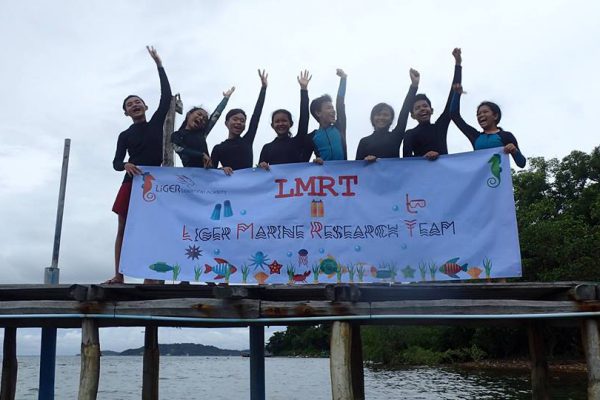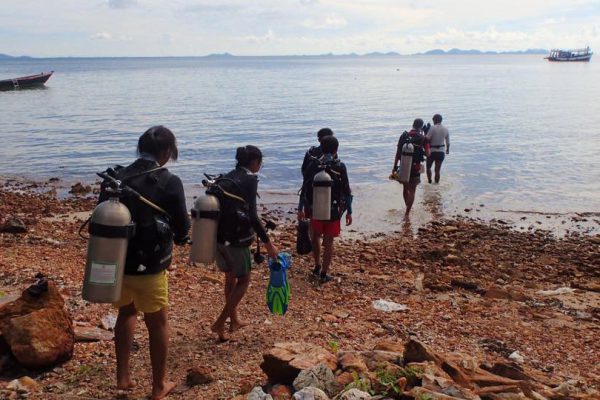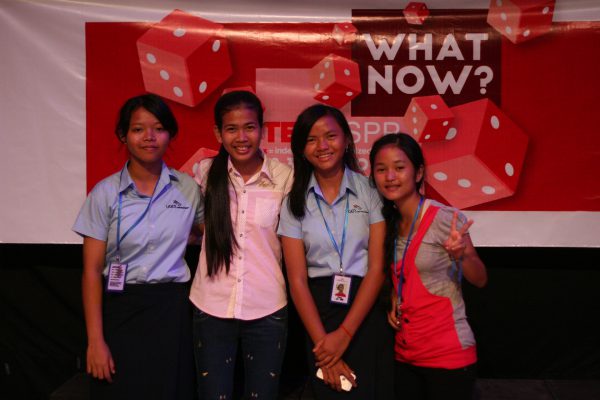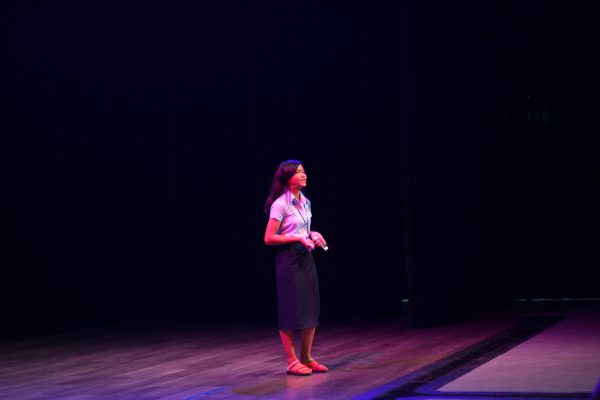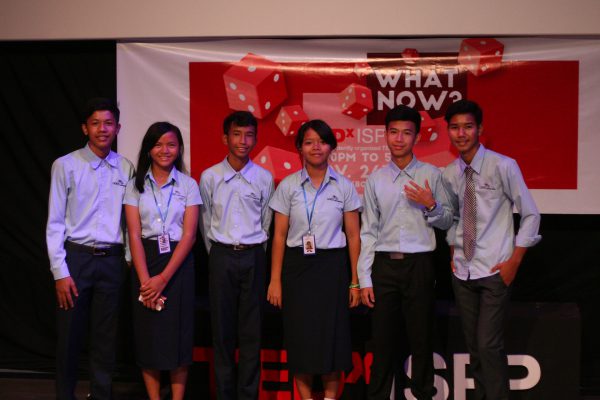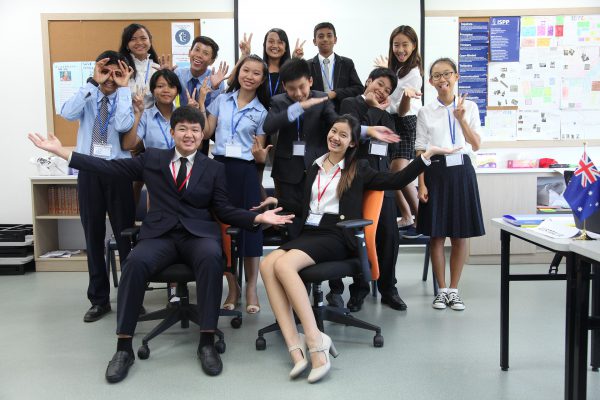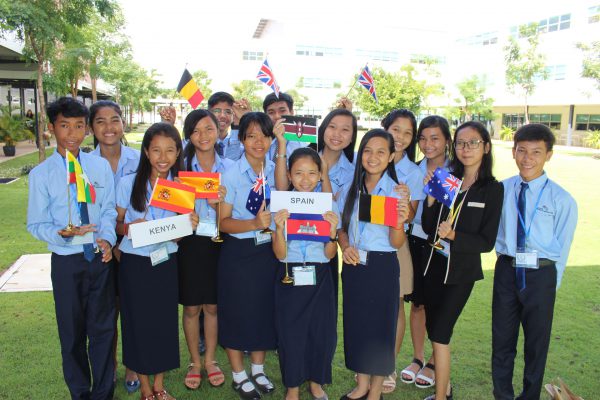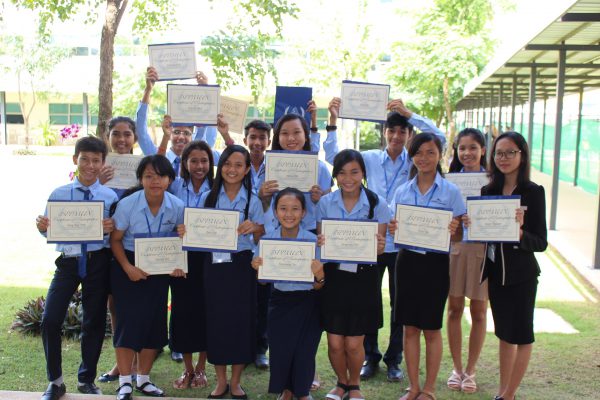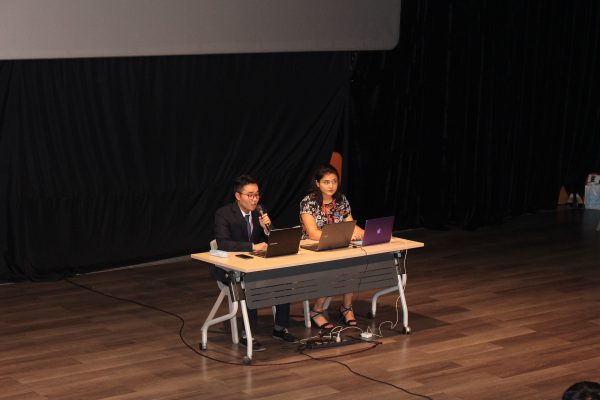A novel — regardless of what language it’s in — is a powerful literary platform that can teach readers about a time they can’t personally experience and tell a story that may be useful for life.
In Khmer class, we read and scrutinized the novel Mealea Doung Chet, novel set in 1939 about two lovers from two different countries with war.
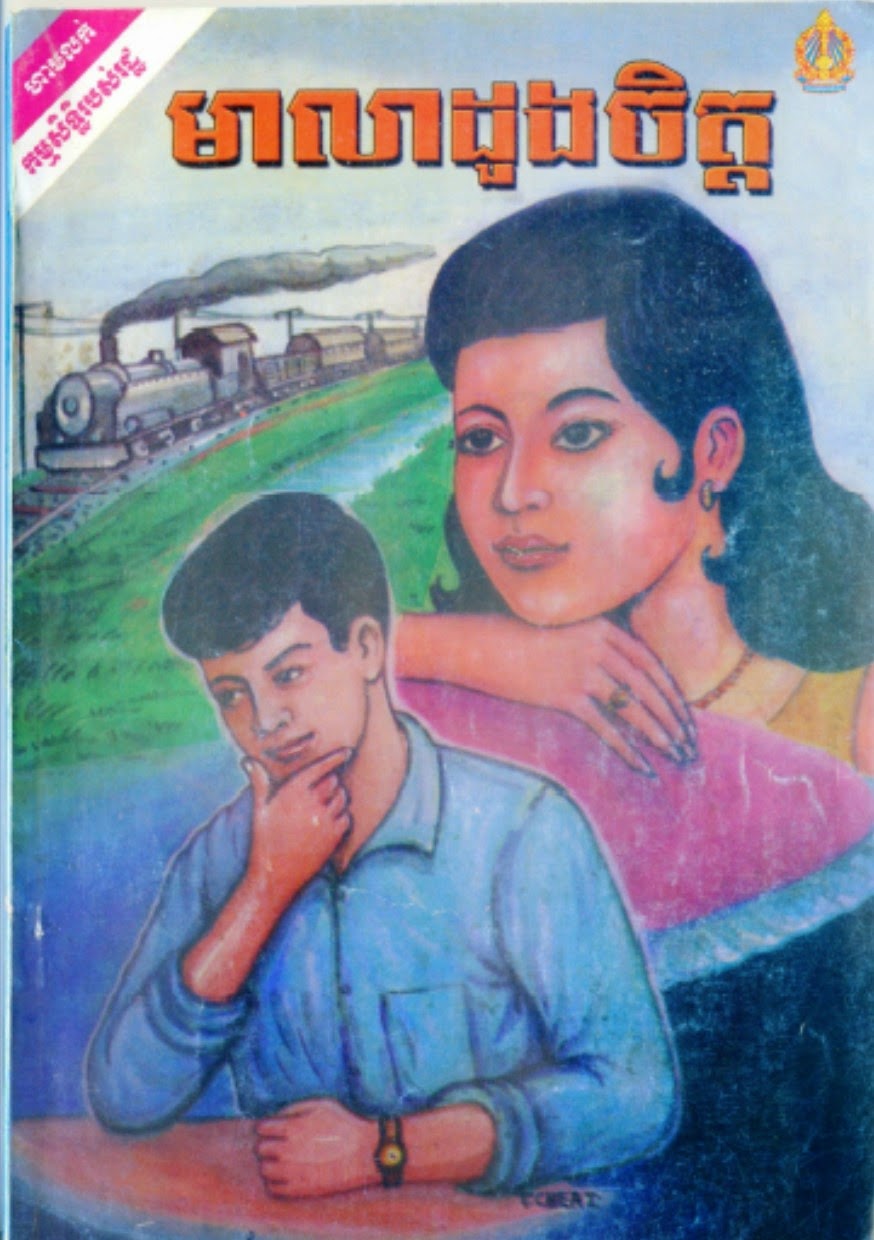
The novel Mealea Doung Chet depicted the Khmer society back during the French colonial era. During that time, young men got the opportunity to pursue education, just like the male protagonist Tikheavuth. It was also a time when people in the rural area heavily depended on agriculture. In addition, the story took place during World War II which the protectorate France was also involved in. Besides, Cambodia and Thailand were in serious territorial dispute, and as a result, Cambodia lost a part of its land, but soon after obtained it back. Not only did the novel illustrated the economic and political aspect, but also the religious side. Mostly like today, Cambodians during that time heavily believed in Buddhism and other spiritual beliefs.
The legendary author Nou Hach mainly reflected love across different nations in the novel. The two young people, Tikheavuth fell in love with Chann Mony, from Thailand, despite the fact that she’s from an enemy country, and the love became mutual over time. However, the glory did not last when Thailand started invading Cambodia. Tikheavuth mistakenly accused Chann Mony and her family of being spies and their love terminated. Despite the challenges and distance they’ve experienced for years, the young lovers cleared the misunderstanding and reconciled when the war ended.
To see a summary of the novel in English, click here.
